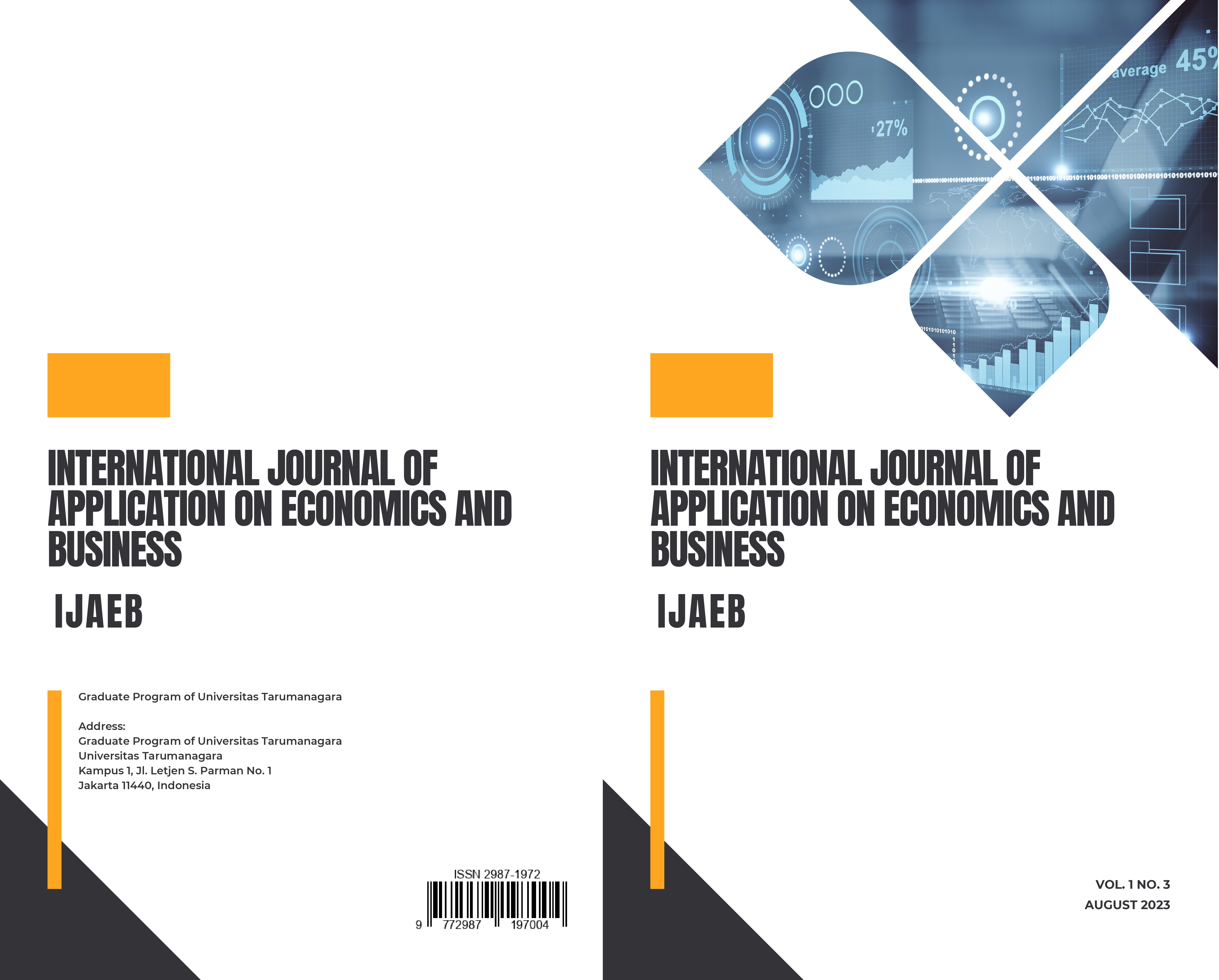THE MEDIATING EFFECT OF PLACE ATTACHMENT ON THE RELATIONSHIP BETWEEN SENIOR CITIZEN ACTIVITY INVOLVEMENT AND ACTIVITY SATISFACTION - A CASE FROM THE PERSPECTIVE OF LEISURE MANAGEMENT
Main Article Content
Abstract
At present, most countries in the world regard aging in place as the main goal of the elderly society. Meanwhile, senior citizens are encouraged to participate in community activities, and long-term care (LTC) resources are provided in the community. Previous studies have also mentioned that activity involvement and place attachment are more likely to affect activity satisfaction Therefore, the purpose of this study is to use place attachment as the mediating variable to explore the influence of the relationship between activity involvement and activity satisfaction. By the survey method, a total of 400 questionnaires were sent out, and 387 valid questionnaires were recovered. The analysis results revealed that activity involvement and place attachment has a significant positive influence with activity satisfaction respectively. Place attachment only has a mediating effect on the relationship between the self-expression (dimension of activity involvement) and the psychological satisfaction (dimension of activity satisfaction). Relevant management suggestions are also put forward.
Article Details

This work is licensed under a Creative Commons Attribution-NonCommercial-ShareAlike 4.0 International License.
This journal provides immediate open access to its content on the principle that making research freely available to the public supports a greater global exchange of knowledge.
IJAEB by Graduate Program of Universitas Tarumanagara is licensed under a Creative Commons Attribution-NonCommercial-ShareAlike 4.0 International License.. Permissions beyond the scope of this license may be available at https://journal.untar.ac.id/index.php/ijaeb
References
Ministry of Interior (ROC), Demographic statistics by age, Retrieved from: https://statis.moi.gov.tw/micst/ stmain.jsp?sys=100 (2022).
National Development Council, Republic of China Population Estimates (2018-2065) Report, National Development Council (ROC) (2018).
S. S. Kim, D. Scott, & J. L. Crompton, An exploration of the relationships among social psychological involvement, behavioral involvement, commitment, and future intentions in the context of birdwatching, Journal of Leisure Research 29(3) (1997) 320-341.
M. E. Havitz, & D. R. Howard, How enduring is enduring involvement? a seasonal examination of three recreational activities, Journal of Consumer Psychology 4(3) (1995) 255-276.
J. L. Zaichkowsky, Measuring the involvement construct, Journal of Consumer Research 12 (1985) 341-352.
M. E. Havitz, & F. Dimanche, Leisure involvement revisited: drive properties and paradoxes. Journal of Literature Research 31 (1999) 122-149.
N. Mclntyre, & J. J. Pigram, Recreation specialization reexamined: the case of vehicle-based campers, Leisure Research 14 (1992) 3-15.
G. Kyle, A. Graefe, R. Manning, & J., An examination of the relationship between leisure activity involvement and place attachment among hikers along the Appalachian Trail, Journal of Leisure Research 35(3) (2003), 249-273, DOI: 10.1080/00222216.2003.11949993
M. J. Gross, & G. Brown, An empirical structural model of tourists and places: progressing involvement and place attachment into tourism, Tourism management 29(6) (2008) 1141-1151.
L. Scannell, R. Gifford, Defining place attachment: a tripartite organizing framework, Journal of environmental psychology 30(1) (2010) 1-10.
R. L. Moore, & A. R. Graefe, Attachments to recreation settings: the case of rail-trail users, Leisure Sciences 16(1) (1994) 17–31.
D. R. Williams, & J.W. Roggenbuck, Measuring place attachment : some preliminary results. In L. H. McAvoy & D. Howard (eds.), Abstracts: 1989 Leisure Research Symposium, National Recreation and Park Association (1989), p. 32.
C. Warzecha, & D. W. Lime, Place attachment on the Colorado and Green Rivers in Canyonlands National Park: examining the relationship between place and encounter norms. In Book of abstracts: Eighth International Symposium on Society and Resource Management, Western Washington University (2000), pp. 332–333.
R. L. Oliver, Satisfaction: A Behavioral Perspective on the Consumer. McGraw-Hill (1997).
C. Eusébio, & A. L. Vieira, Destination attributes' evaluation, satisfaction and behavioural intentions: a structural modelling approach. International Journal of Tourism Research 15(1) (2013) 66-80.
S. Huang, B. Weiler, & G. Assaker, Effects of interpretive guiding outcomes on tourist satisfaction and behavioral intention, Journal of Travel Research 54(3) (2015) 344-358.
V. Žabkar, M. M. Brenčič, & T. Dmitrović. Modelling perceived quality, visitor satisfaction and behavioural intentions at the destination level, Tourism Management 31(4) (2010) 537-546.
J. G. Beard, & M. G. Ragheb, Measuring leisure satisfaction, Journal of Leisure Research 12(1) (1980) 20-33.
Y. C. Chen, R. H. Li, & S. H. Chen, Relationships among adolescents’ leisure motivation, leisure involvement, and leisure satisfaction: A structural equation model, Social Indicators Research 110(3) (2013) 1187-1199.
R. V. Russell, Recreation and quality of life in old age: a causal analysis. Journal of Applied Gerontology 9(1) (1990) 77-90.
D. A. Laverie, & D. B. Arnett, Factors affecting fan attendance: the influence of identity salience and satisfaction, Journal of Leisure Research 32 (2000) 225-246.
J. Lee, Examining the antecedents of destination loyalty in a forest setting, Leisure Sciences 29(5) (2007) 463-481.
S. L. Pan, H. C. Wu, & J. Chou, Research on the relationships among volunteer interpreters' activity involvement, place attachment and satisfaction: a case study from the National Museum of Natural Science, Journal of Outdoor Recreation Study 21(3) (2008) 23-47.
J. C. Lo, W. L. Kang, C. H. Hsu, Y. T. Chiang, J. Y. Chou, & W. T. Fang, Evaluation of place attachment, satisfaction, and responsible environmental behaviors of visitors to a constructed wetland on campus, Journal of Environmental Education Research 15(1) (2019) 141-165.
Z. Xu, & J. Zhang, Antecedents and consequences of place attachment: a comparison of Chinese and Western urban tourists in Hangzhou, China, Journal of Destination Marketing & Management 5(2) (2016) 86-96.
G. Kyle, & G. Chick, The social nature of leisure involvement, Journal of Leisure Research 34(4) (2002), 426-448. DOI: 10.1080/00222216.2002.11949980
G. Kyle, & G. Chick, Enduring leisure involvement: The importance of personal relationships. Leisure Studies 23(3) (2004) 243-266.
G. Kyle, & A. J. Mowen, An examination of the leisure involvement—Agency commitment relationship, Journal of Leisure Research 37(3) (2005) 342-363.
R. M. Baron, & D. A. Kenny, The moderator–mediator variable distinction in social psychological research: conceptual, strategic, and statistical considerations, Journal of Personality and Social Psychology 51(6) (1986) 1173-1182.



